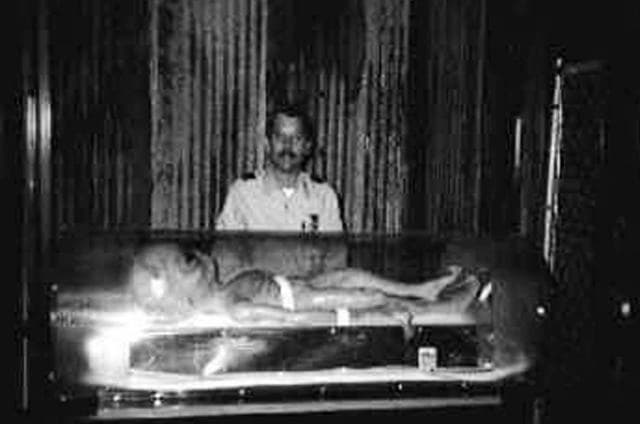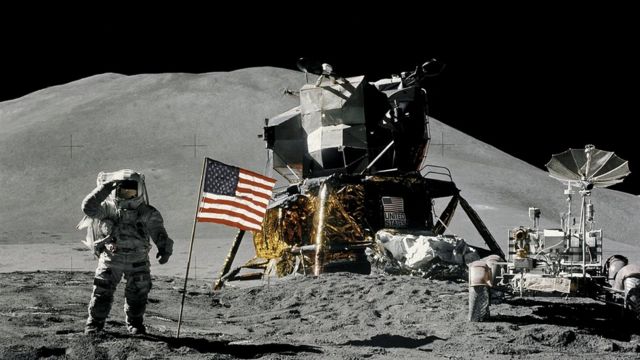The best example is the similarities in gods’ depiction of various cultures as the Olmecs, Aztecs, Egyptians, and Māori from New Zealand.
Ancient Olmecs and La Venta Stela 19
An Olmec stele called “La Venta Stele 19” is believed to be the earliest known depiction of the famous Feathered Serpent, the deity found in many Mesoamerican religions.
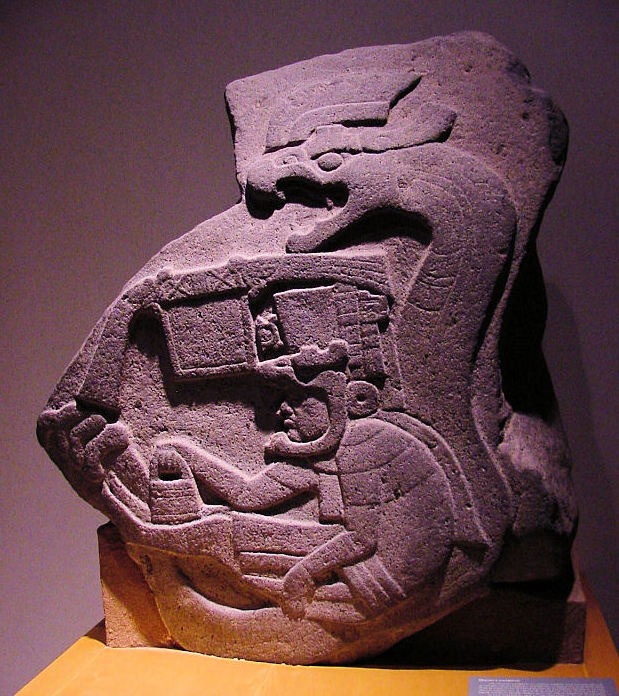
 An image of La Venta Stela 19/ Source: Wikipedia
An image of La Venta Stela 19/ Source: Wikipedia
In ancient cultures of Mexico, the feathered serpent was known as Kukulkan (Maya) or Quetzalcoatl (Aztecs) or Kukumats (Quiche). This god himself said that he came from heaven and brought great knowledge to people. Quetzalcoatl was often associated with the “Morning Star” (Venus) under the name Tlahuizcalpantecuhtli.
The Olmecs were one of the first developed civilizations in America and Monument 19 from La Venta offers not just the first known image of the Feathered Serpent, but also a very unusual image of a humanoid figure that sits in some kind of vehicle or chair and seems to be driving it. However, there are nearly identical images in other cultures.
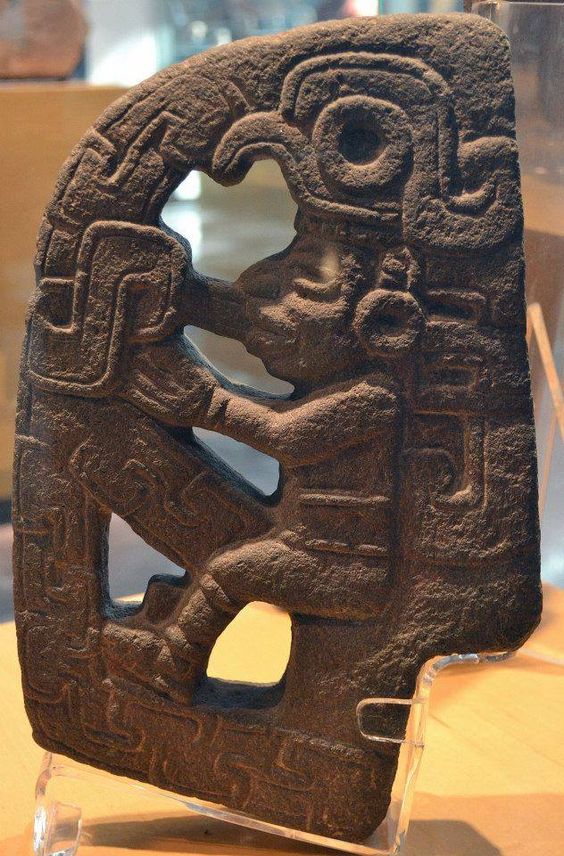

Another deity in some kind of machine.
Maori legends and the god Pourangahua
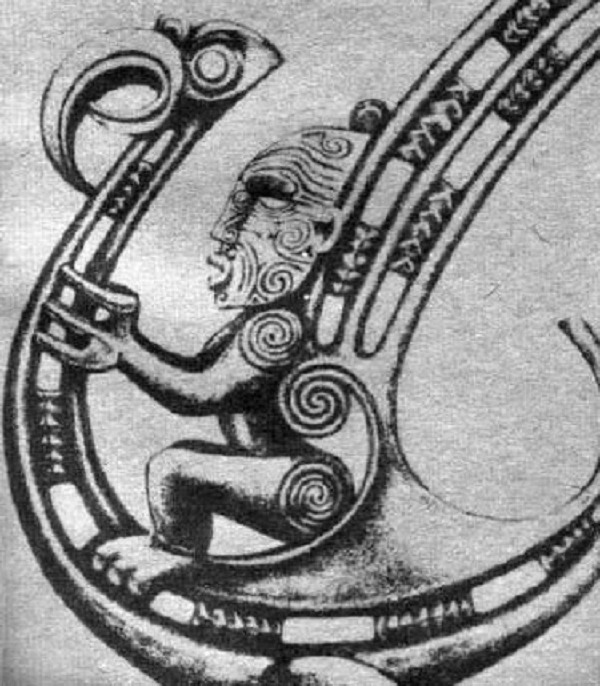
 God Pourangahua brought to New Zeland in a silver flying object
God Pourangahua brought to New Zeland in a silver flying object
According to the Māori legend (New Zealand), the god Pourangahua flew away on to New Zealand from his home in a flying object called Hawaiki. According to a legend, this ancient god descended from the sky riding a silver object.”
In an ancient Maori prayer, we can find the words attributed to the god Pourangahua:
“I come, and an unknown earth lies below my feet. I come, and a new heaven turns above me. I come on to this earth, and it is a peaceful resting-place for me. O spirit of the planets! The stranger humbly offers you his heart as nourishment.”
If we compare the two images of the Feathered Serpent from ancient Mesoamerica and the god Pourangahua of the Maori culture, we can see that they are almost identical in appearance.
How is this possible? Just a coincidence? But there is more to clear our doubts.
Ancient Egyptian God Hapi
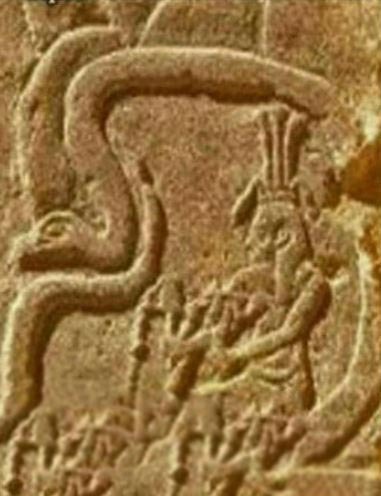
 Another ancient God depicted in a sort of flying object looks like a snake.
Another ancient God depicted in a sort of flying object looks like a snake.
A stele depiction of the ancient Egyptian god Hapi is called “the father of the gods.” Hapi is the god of the Nile flood in the religion of Ancient Egypt and a symbol of fertility. Hapi were also usually depicted with blue or green skin, which, according to scientists, represents water. Again, there is a similarity in the images of the Feathered Serpent in Mesoamerica, the god Pourangahua in Maori culture.
Returning to Mesoamerica and referring to the artifacts of the Mayan culture, you can find another image where King Pakal is sitting inside a strange machine. According to many ancient astronaut theorists, King Pakal is sitting in some sort of spaceship during takeoff and pulling the levers.
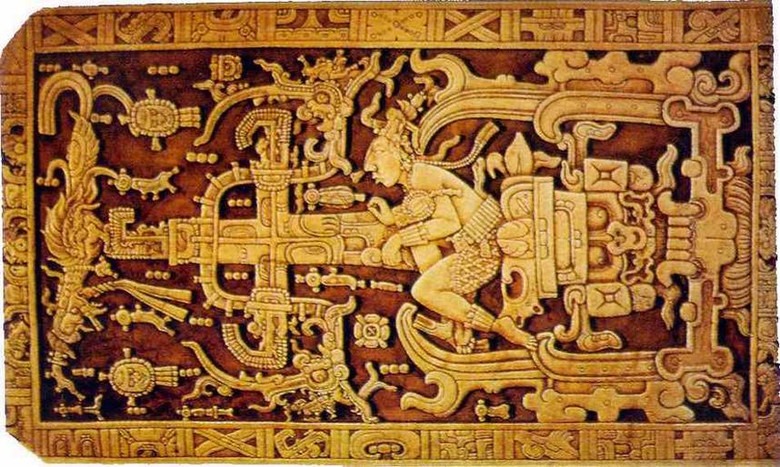
 This image depicts that King Pakal is in some sort of spaceship during takeoff.
This image depicts that King Pakal is in some sort of spaceship during takeoff.
The sarcophagus of King Pakal is one of the most discussed subjects when it comes to ancient alien theories. Famous ufologist Erich von Daniken drew attention to this drawing many years ago, and for decades, it has been stirring people’s minds.
